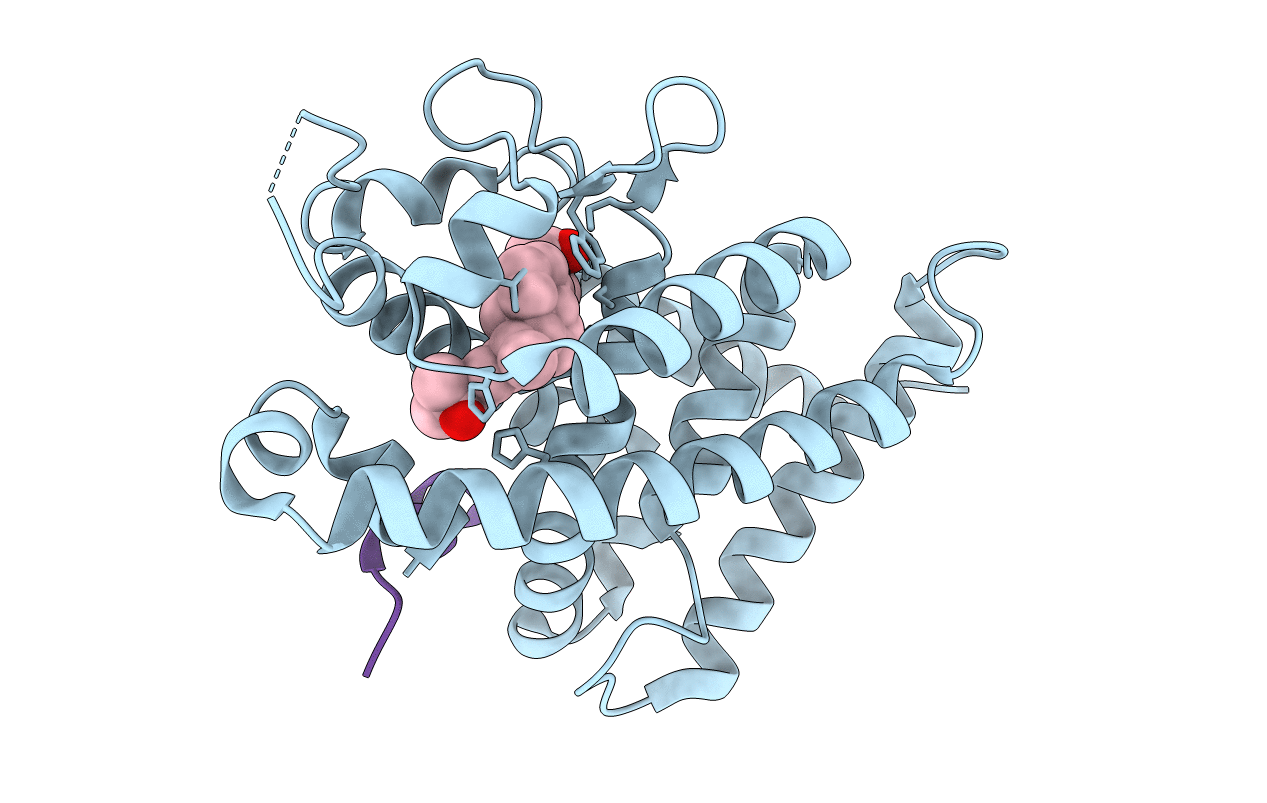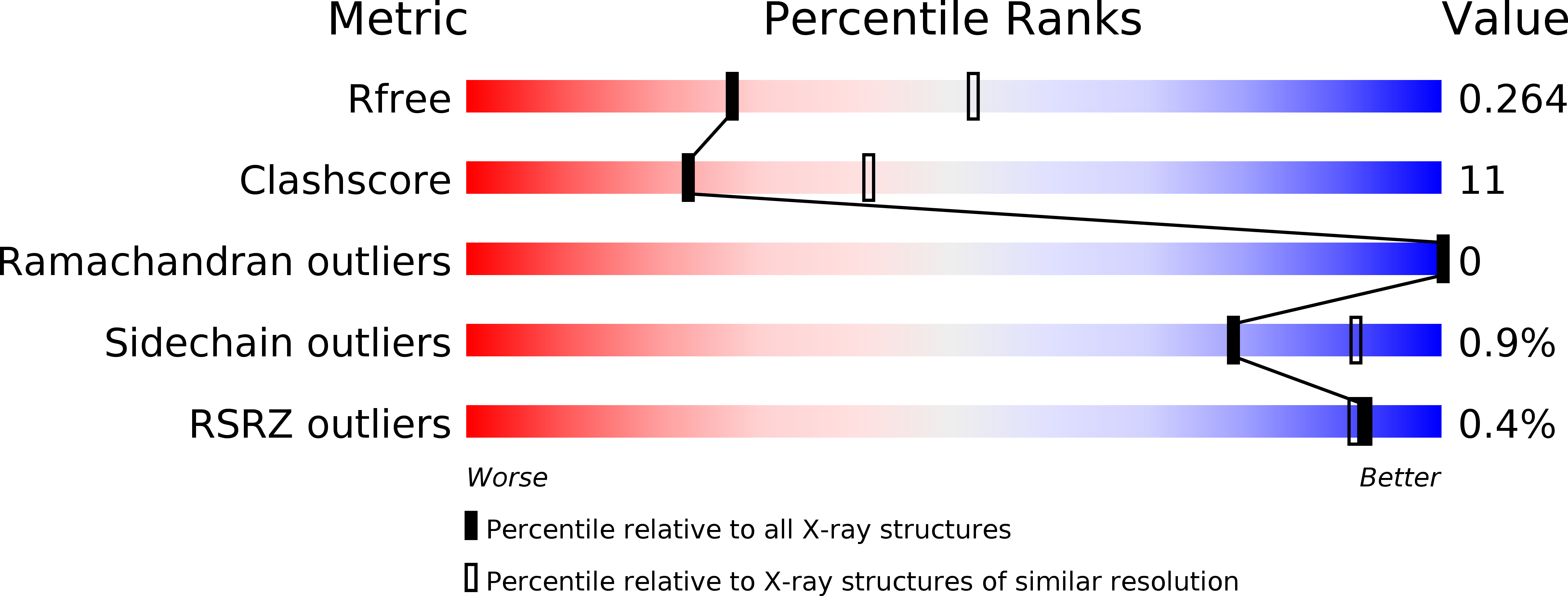
Deposition Date
2016-10-08
Release Date
2017-01-11
Last Version Date
2024-03-20
Entry Detail
PDB ID:
5H1E
Keywords:
Title:
Interaction between vitamin D receptor and coactivator peptide SRC2-3
Biological Source:
Source Organism:
Rattus norvegicus (Taxon ID: 10116)
Homo sapiens (Taxon ID: 9606)
Homo sapiens (Taxon ID: 9606)
Host Organism:
Method Details:
Experimental Method:
Resolution:
2.60 Å
R-Value Free:
0.24
R-Value Work:
0.23
R-Value Observed:
0.23
Space Group:
C 1 2 1


